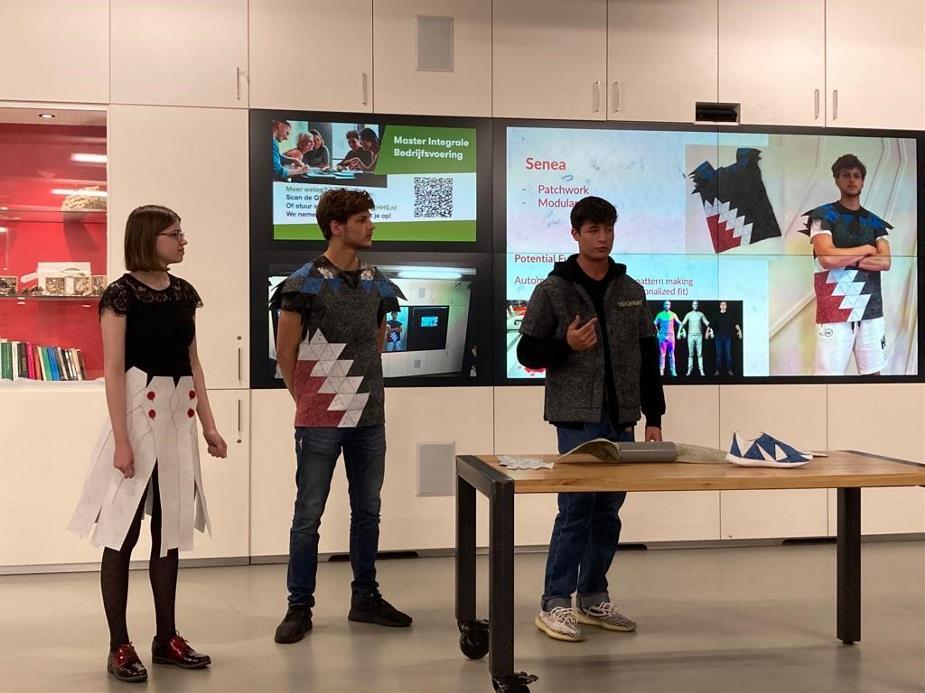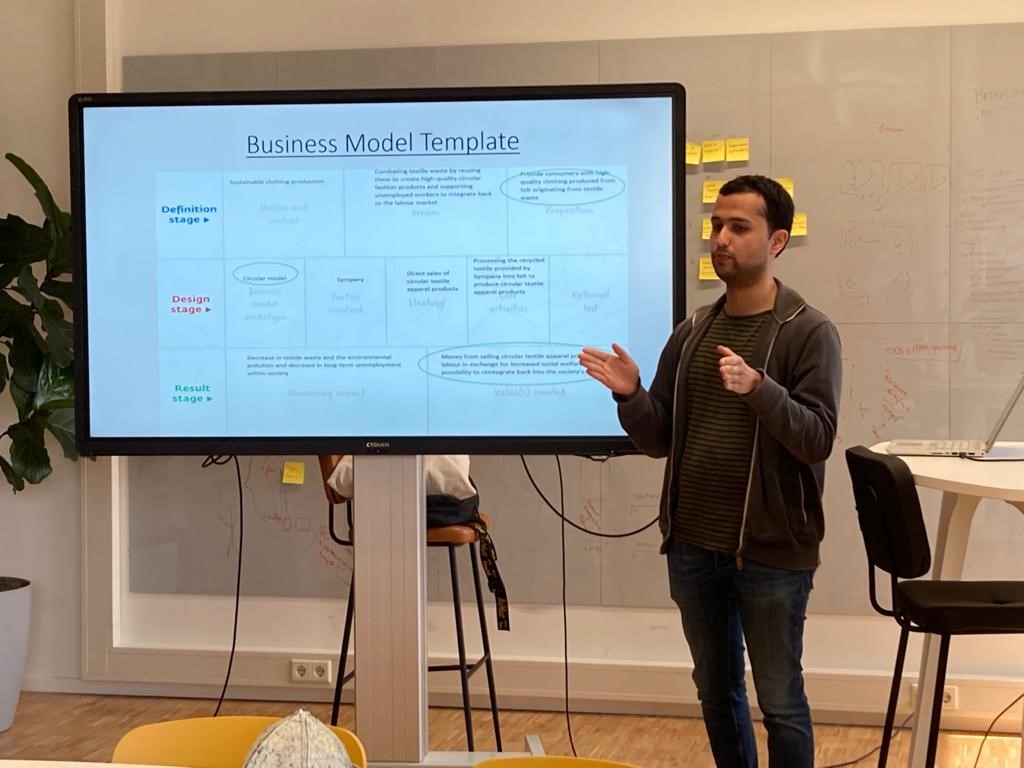Knowledge Exchange through Applied Research and Education
19 July 2022
Sustainability issues are wicked problems and complex to solve. To be able to solve them, collaboration is key. To find a solution, “You need to find a common ground otherwise, no one gets anywhere, and we cannot move...

Sustainability issues are wicked problems and complex to solve. To be able to solve them, collaboration is key. To find a solution, “You need to find a common ground otherwise, no one gets anywhere, and we cannot move forward”, 2nd year Industrial Design Engineering, Design agency student.
Sustainability issues are wicked problems and complex to solve. To be able to solve them, collaboration is key. To find a solution, “You need to find a common ground otherwise, no one gets anywhere, and we cannot move forward”, 2nd year Industrial Design Engineering, Design agency student.
Project Trashure is a prime example of knowledge exchange through applied research and education. Trashure has two objectives: 1) to increase awareness about textile consumption and waste. 2) to enable commercialization of an accessible product line that uses textile waste as a primary resource. 305 million kilograms of textiles are discarded as trash in the Netherlands. Textile collectors are not able to absorb this volume as no clear and profitable commercial value has been found. Only 1% of clothing sold is produced from recycled textiles. The Dutch government wants to increase the use of recycled textiles up to 50%.
In Project Trashure, students were tasked to come up with new products using felt made from old air-stewardess, army, themepark and hospital garments. They worked together with companies i-did and Ronald van der Kemp. Students drew inspiration from nature using Biomimicry principles to come up with new products for i-did. One student team, Refelt, sought inspiration from spiders for their silk production and pushing protein characteristics, and snakes for their scales. The team replicated scales with triangular patchwork to design modular garments. Pushing protein quality inspired the team to pull felt 50 times through a tube to make the material softer and more wearable.
What’s to gain from collaborations?
“Working with real clients and business partners provides a window into the industry. I don’t know where I want to go. Working on the project gives you the opportunity to test the waters. You learn more about clients’ expectations and often they have a different perspective. It teaches you client etiquette and business communication”, Philippine Haegelsteen, 2nd year Industrial Design Engineering, Design with Nature student.
Felt is a stiff material and students were to work with only scraps and no dyes were allowed for their prototypes. “Limitations spark creativity. Prototyping helps with finding new ways of doing things”, Sophie de Boer, 2nd year Industrial Design Engineering, Design with Nature student. Meeting with business partners and the research group regularly through a collaborative project, students have the opportunity to network, find internships and graduation projects.

For business partners, integrated projects provide an opportunity to commercialize knowledge and create societal impact. For Elbert van Hunnik from TMO Fashion Business School Doorn, “the exchange with students gives insights into the next generation – the way they think and perceive, and inspiration for new collections, and projects”. Students provide building blocks through their course work. Usman Malik, an International Business student supported Project Trashure by researching products and revenue models as part of his final year thesis.
The Circular Business research group, through these collaborative projects, links research to business and to education, and vice versa. Bringing together students, lecturer-researchers, and businesses.
Written by Sudhan Balakrishnan